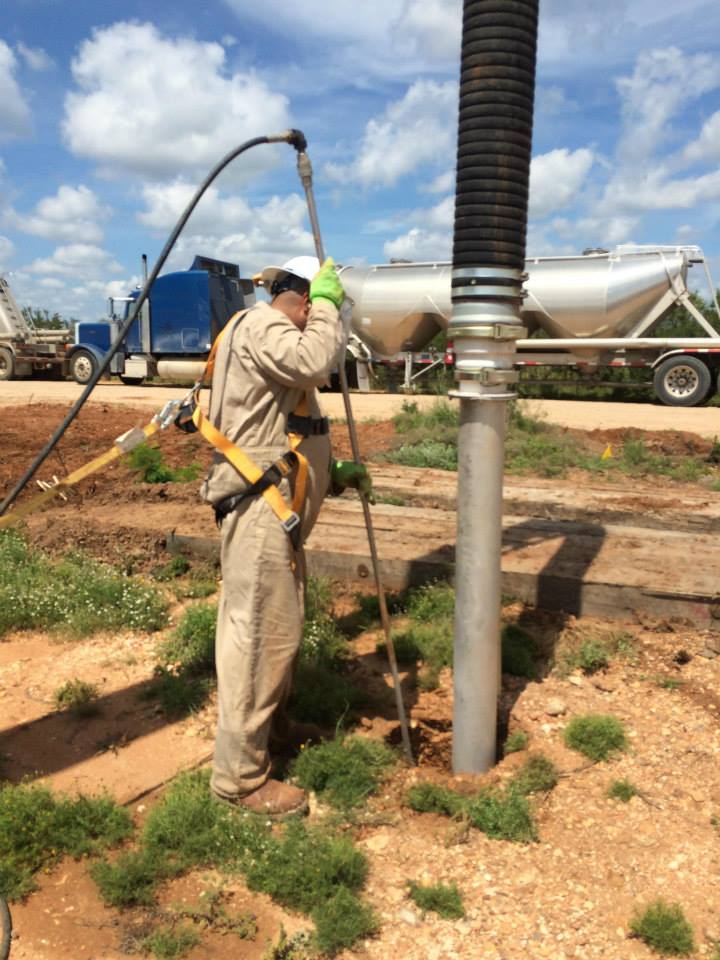Hydro-excavation, a method of soil removal that utilizes high-pressure water and a vacuum system, plays a pivotal role in critical infrastructure projects. Its significance lies in its ability to provide a safe and precise means of excavation in environments where traditional methods might pose risks to existing infrastructure or utilities. The process involves using pressurized water to break up the soil, creating slurry that is simultaneously vacuumed into a debris tank. This non-destructive and non-mechanical method is particularly valuable when working near sensitive utilities like gas lines, fiber optics, or water mains. In critical infrastructure projects, such as the installation, repair, or maintenance of pipelines, hydro-excavation ensures a higher level of accuracy and safety. One of the key advantages of hydro-excavation is its ability to prevent damage to existing underground utilities. In critical infrastructure projects, accuracy is paramount, and the traditional excavation methods like backhoes or trenchers can be risky due to the potential for accidental strikes on buried infrastructure. Hydro-excavation eliminates this risk by precisely targeting the soil with pressurized water, allowing workers to expose utility lines without causing any damage.

This level of precision is particularly crucial when working in densely populated urban areas where a network of utilities is often tightly packed beneath the surface. The avoidance of accidental damage not only safeguards the existing infrastructure but also minimizes the risk of service disruptions and associated costs. Moreover, hydro-excavation enhances the overall safety of critical infrastructure projects. The controlled use of pressurized water and the vacuum system significantly reduces the likelihood of accidents or injuries on the worksite. Traditional excavation methods may involve heavy machinery and manual labor, exposing workers to potential hazards. In contrast, hydro-excavation allows for remote operation of equipment, keeping workers at a safe distance from the excavation site. The decreased risk of accidents not only protects the well-being of the workforce but also contributes to the overall efficiency of the project by minimizing downtime.
In environmental terms, hydro-excavation is considered a more sustainable option compared to traditional excavation methods. The use of water as the primary excavation tool reduces the reliance on fossil fuels that power traditional excavation equipment. Additionally, the precise nature of hydro-excavation minimizes the disruption to the surrounding soil structure, reducing the environmental impact of the excavation process. As sustainability becomes an increasingly important consideration in infrastructure projects, the eco-friendly aspects of hydrovac excavation companies in Green Bay make it an attractive choice. In conclusion, hydro-excavation emerges as a critical tool in the arsenal of methods employed in infrastructure projects. Its ability to provide accurate, safe, and environmentally friendly excavation makes it particularly well-suited for critical projects where precision and safety are paramount. As the demand for infrastructure development continues to grow, the role of hydro-excavation is likely to expand, contributing to the success and sustainability of critical projects around the world.